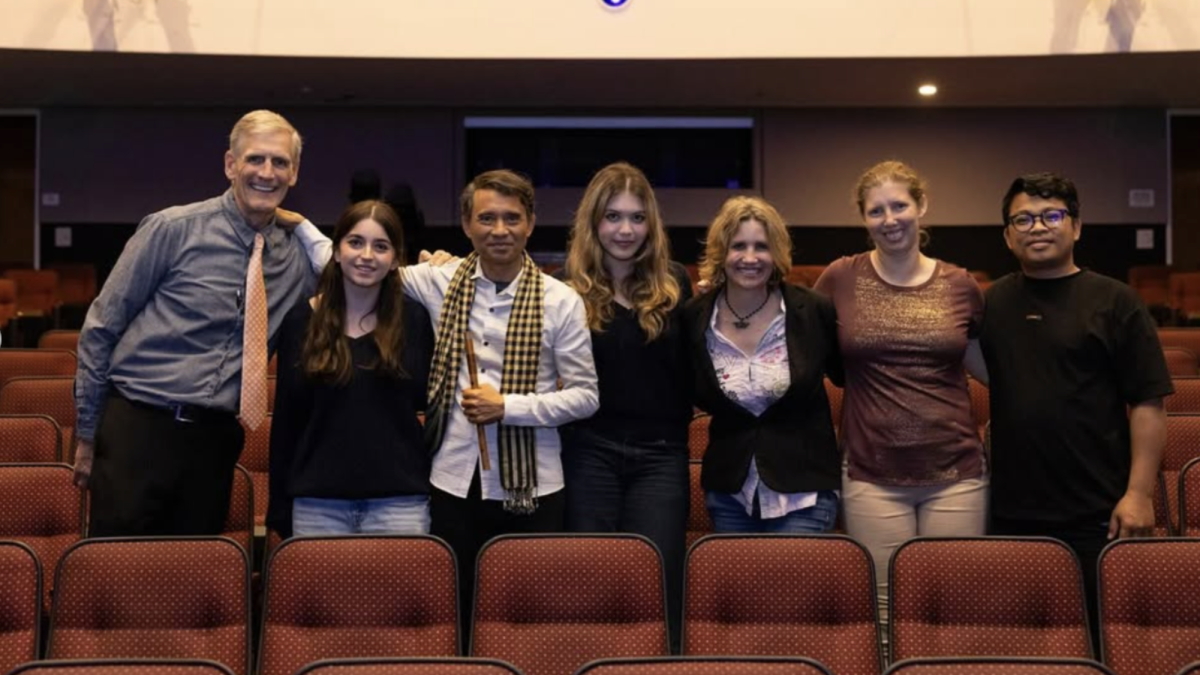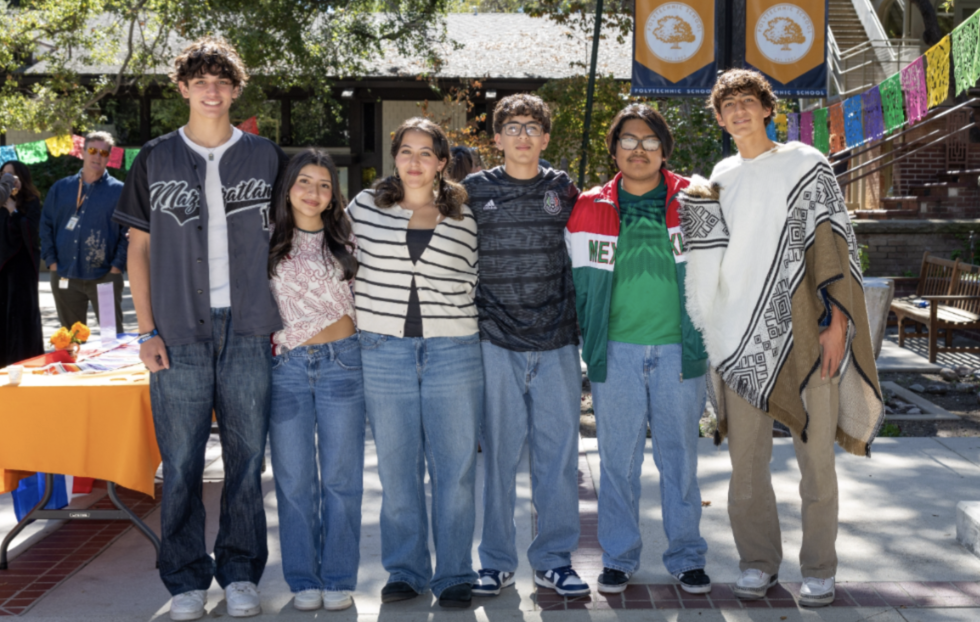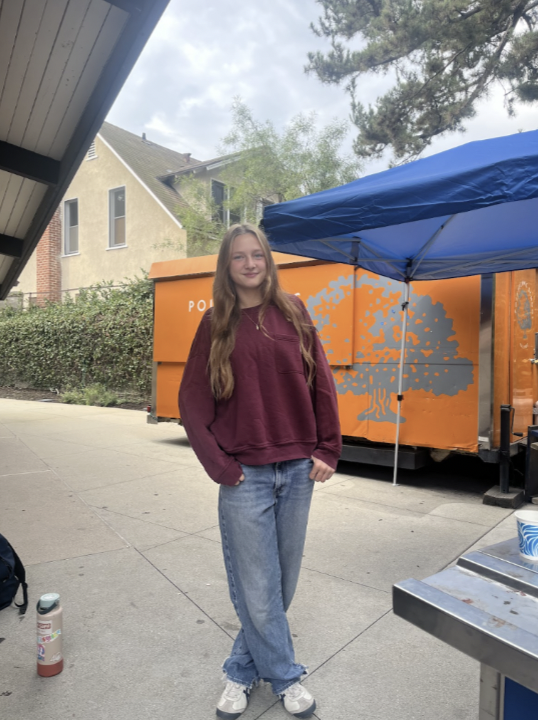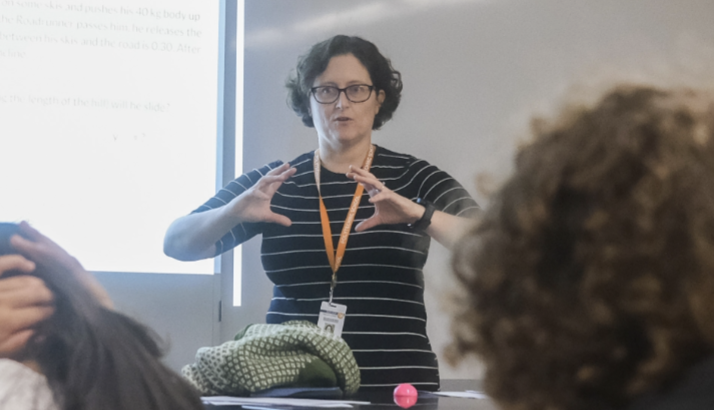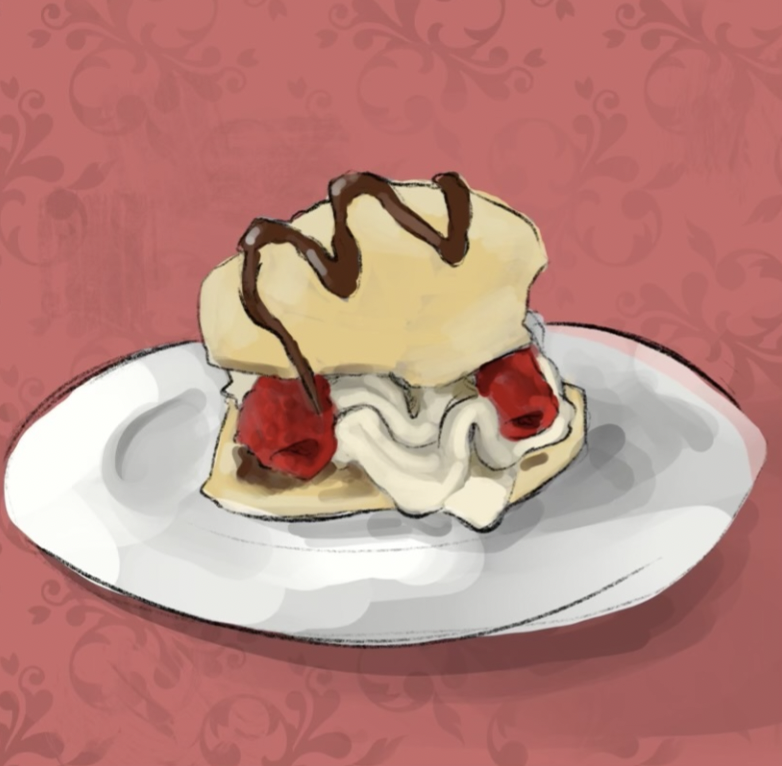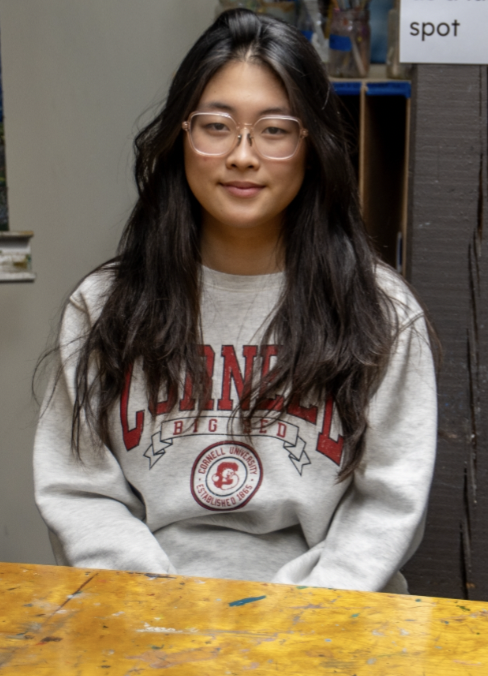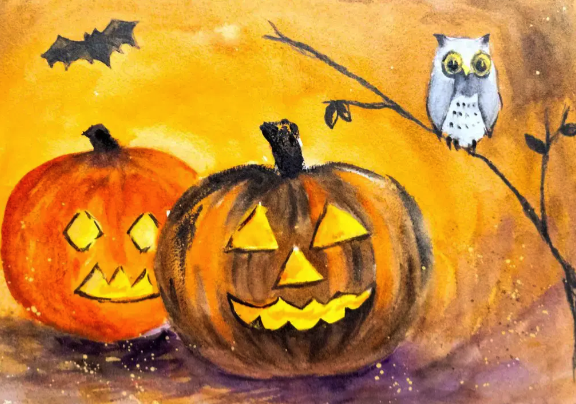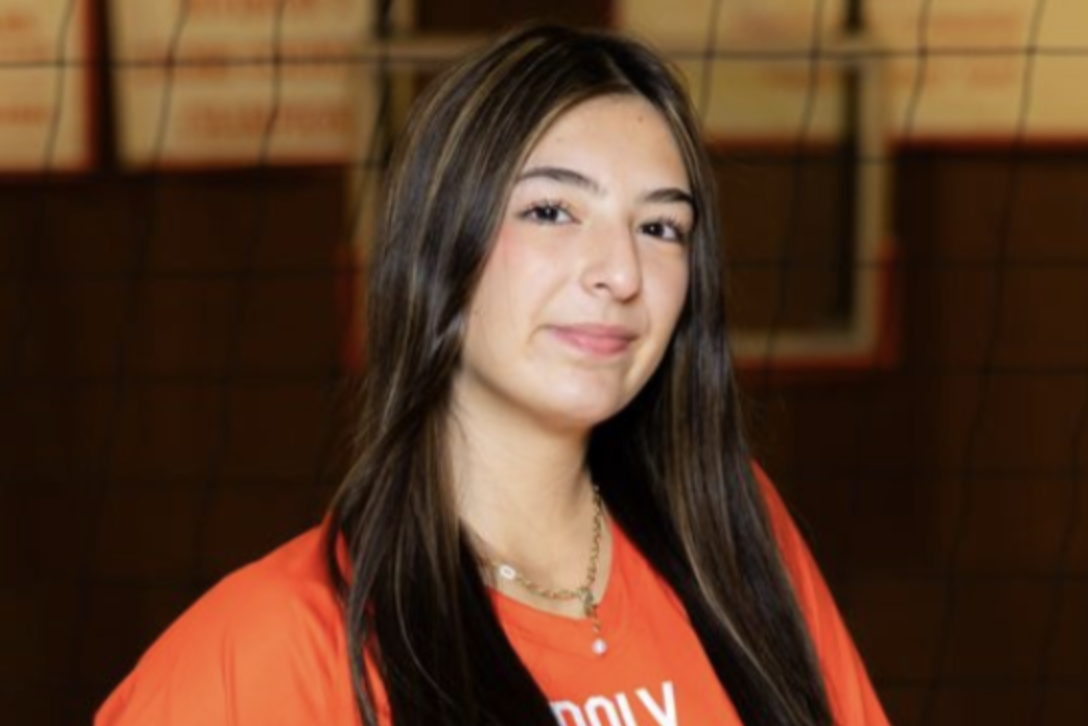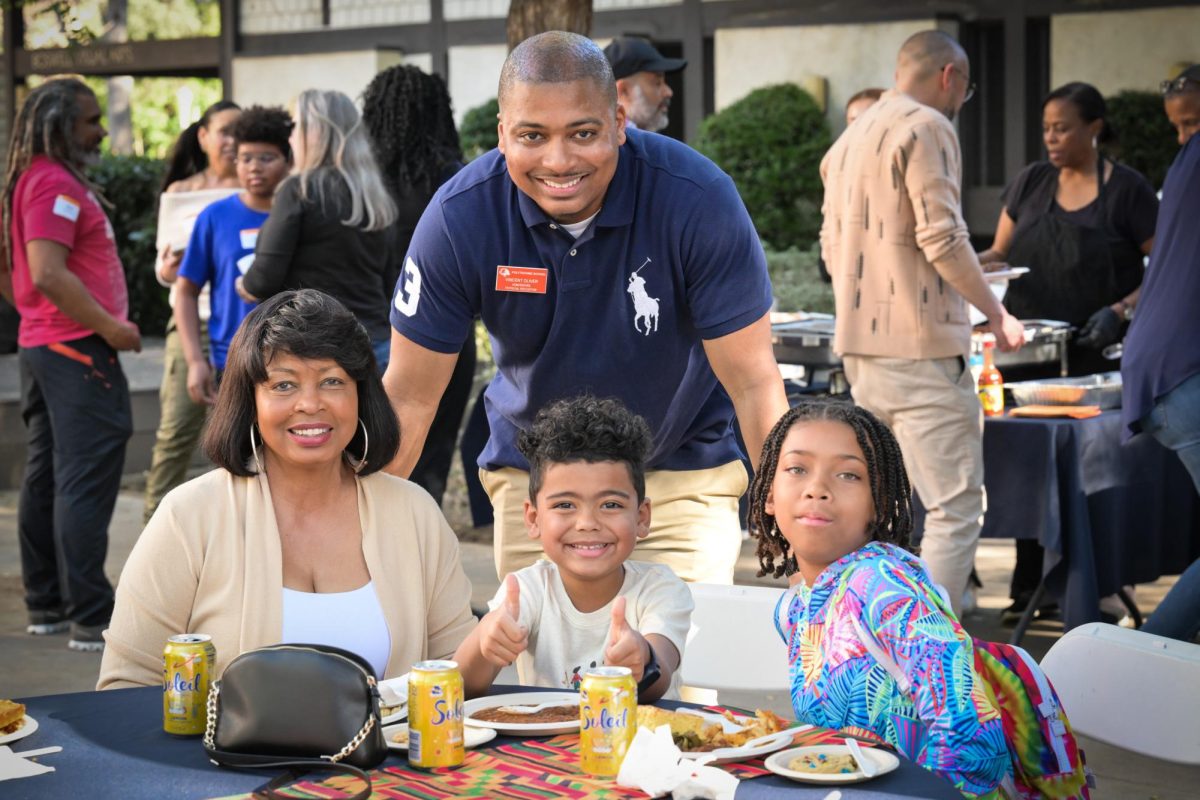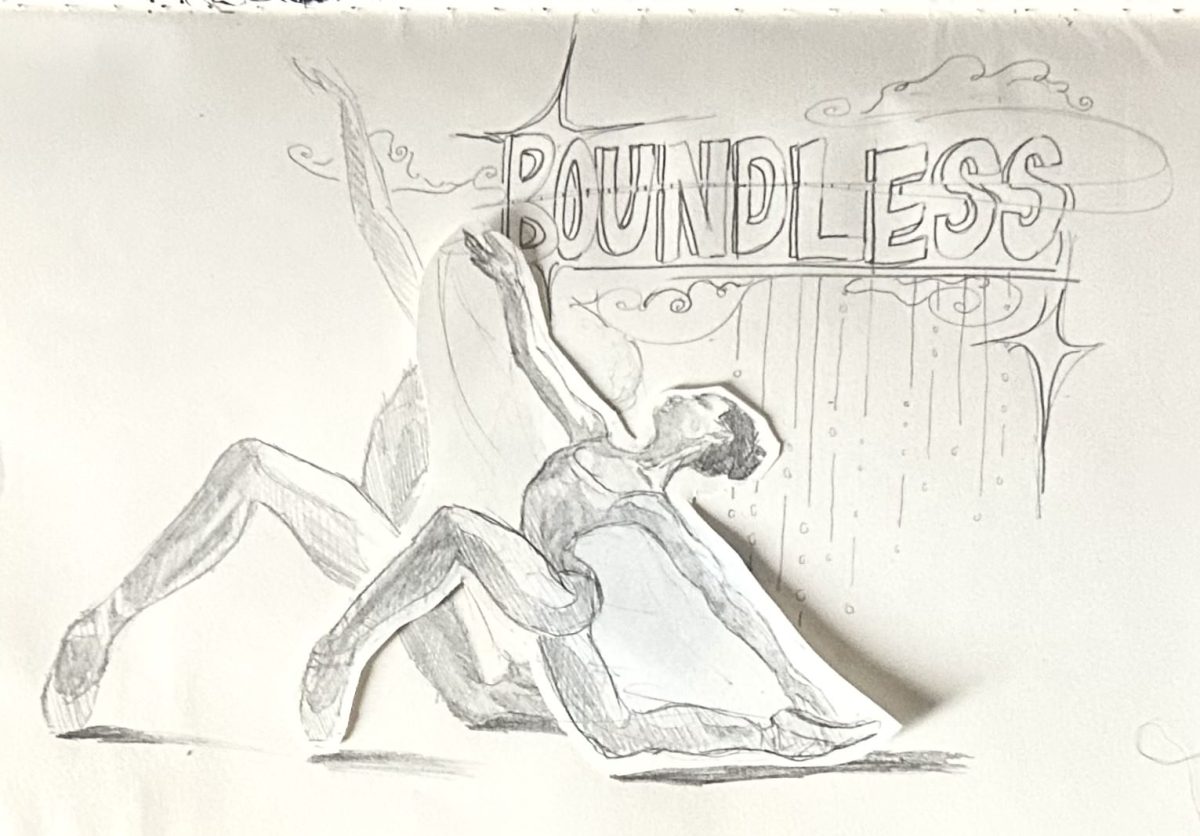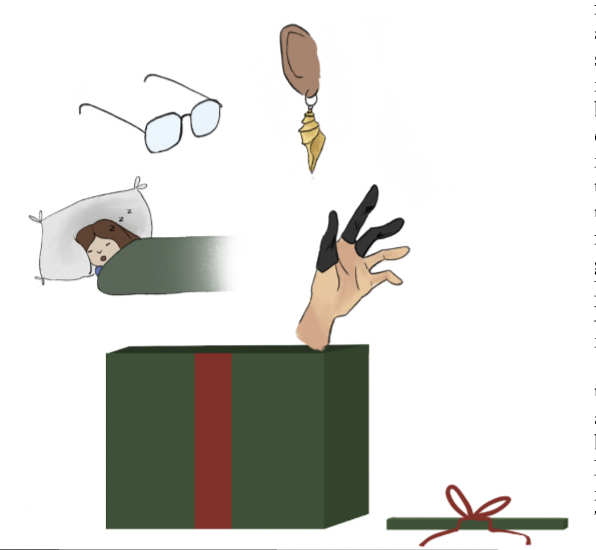Created in the spirit of celebrating the diversity within the student body, the life section presents two student pieces on cultural holidays meaningful to them. Yom Kippur, the holiest day in Judaism, is celebrated on the evening of Sept. 24 to Sept. 25 this year. The Chinese Moon Festival, a holiday of prosperity within Chinese culture, is celebrated on Sept. 29.
The Jewish Student Union’s reflections on the meaning of Yom Kippur
By Eden Greene

This Sept. 25 marks the third year Poly will give the day off for Yom Kippur, the holiest holiday for the Jewish community. While for many, Yom Kippur is simply a day off from school, the sentiments of the holiday are relevant for us all.
Yom Kippur is also known as the “Day of Atonement,” falling ten days after Rosh Hashanah, a joyful celebration of the Jewish new year. Sophomore Eli Axel said, “You atone for your sins for the previous year. When [the holidays] are coupled together, it helps growth and reflection.”
On this day, some – like Axel and sophomore Noah Posin – will spend all day in synagogue services, which traditionally conclude with the blowing of a shofar, or ritual ram’s horn. Freshman Anya Matz will attend services at her local Jewish Community Center, while senior Irina Alsoufiev and her family will go to her Grandma’s house for a home-cooked Jewish meal. All ranges of Jewish students at Poly, reform to religious, celebrate the holiday.
For many Jews, fasting is integral to Yom Kippur, though it looks different for everyone. Traditionally, one abstains from food “from the previous sunset to that sunset,” said Axel, who fasts every year. Posin, who fasted on Yom Kippur for the first time last year, says that while it’s definitely not fun, it makes him feel closer to the entire Jewish population. “Everyone’s miserable all at the exact same time,” he said. “It’s very connecting.”
When my own family observes Yom Kippur, we set a full day aside for introspection, to ask ourselves how we can repair our relationships with those we may have hurt in the past year and how we want to improve. I try to fast from sunrise to sunset, or at least until I’ve had time to reflect. Alsoufiev has similar ideas about the holiday. “Even though I may not partake in the traditional fasting,” she says, “I do reflect on my actions in the past year at some point during the day.”
Matz doesn’t fast in the traditional sense, but she takes a similar approach to the idea of atonement. This Yom Kippur, Matz is going to try a “fast” from her phone for the whole day. “I want to think about how often I use my phone without really thinking about it,” she said.
After atoning, it’s time to break the fast. In my family, we choose takeout from one of our favorite restaurants, but for Axel, it’s pizza; for Alsoufiev, her Grandma’s brisket and matzo ball soup; and for Matz, at an evening picnic with her friends, it’s always bagels, as at any Jewish event.
Even if they aren’t observing Yom Kippur this year, all Poly students can use the day off to reflect on the beginning of the new year.
Chinese Moon Festival: A celebration of the autumn moon
By Ginny Cheung

As the days shorten and Poly’s first month of school comes to a close, a vital celebration for many of the members of the Asian community draws nearer. Celebrated in China and many other East Asian countries, the Moon Festival celebrates family relationships and unity, similar to the American Thanksgiving. The festival centers around admiration of the moon, and it falls on the night of the largest full moon in the year.
A typical celebration of the Moon Festival includes a gathering of extended family and friends to share a traditional potluck or restaurant dinner. A traditional barbecue for the annual Moon Festival will include numerous family members and close friends alike enjoying a freshly cooked meal out in the family’s street or in their backyard. Of course, with millions of people who celebrate annually across the world, the ways of hosting the customary dinner will vary.
Upper School Mandarin teacher Wenchi Selzer, who goes by Ms. Yang, reminisced about neighborhood barbecues she previously attended in Taiwan, said, “It’s just like a cookout [or] block party…You pretty much can just jump in and say, ‘Can I share this with you?’”
In the spirit of the holiday, generosity takes precedence during the celebration’s festivities. Paired with themes of unity and affection, plus the general cheer surrounding the day, people feel inclined to contribute to each other’s joy. Yang continued, “People will share their foods, their meat [and] their special recipe[s]…with you. It’s like a huge celebration.”
Families usually make enough food for many days worth of leftovers, a tradition Yang loves. “You see all the kids bring the leftovers from the barbecue as their lunchbox, and more mooncakes, a lot of pear and pomelos for their lunch the next day,” she described.
Whether you reserve a table in a local restaurant or barbecue in the streets in Taiwan, dinner reunions trump all other festivities in importance. Upper School Mandarin teacher and Asian American Affinity (AAA) advisor Lois Chung told her students, “Enjoy your family. Spend time with them while [you] can.”
Because the festival centers around the moon, families will participate in moon-watching or photography as an act of appreciation for its beauty. Sophomore Chloe Jeng, a member of AAA, said, “As a big family, after dinner, we went out to go look at the moon at a park.”
Not only do participants admire the moon, but they also share stories about it. Yang said, “We still believe in that folklore, the myths. Chang’e is living there, in her palace, [in] the company of the Jade Rabbit. And Wu Gang is still chopping down the tree.”
Also dedicated to the moon are the most popular foods during the festival: mooncakes adorned with intricate patterns and stuffed with delicious fillings. AAA leader and senior Melody Huang gushed, “My parents will always pick up handmade mooncakes, and they’re normally red bean and egg yolk—I love the egg yolk one.” In addition to sharing with your family, people also give mooncakes to their friends and family. Traditionally, elders also give red envelopes with money as gifts to children.
This Sept. 29, take some time to bond with your family, express your gratitude and let the moon’s fullness remind you of how it feels to be together with your loved ones in honor of the Moon Festival.
The Paw Print Editors’ favorite cultural foods recommendation list
Chinese peking duck: Anastastia Volkoff
My absolute favorite food to eat during the Chinese Harvest Moon Festival is Chinese peking duck. My family serves it with the traditional plum sauce, which adds a sweet, tangy kick to the savory duck flavor. I wrap the duck in a flattened bao bun. The bao is spongy, so it absorbs the excess sauce. Lunasia Dim Sum is my go-to for this Chinese delicacy.
Red bean mooncakes: Maddie Hays
One of my favorite Harvest Moon Festival traditions is sharing mooncakes with my family. My personal favorite are those filled with just red bean paste, though many members of my family also enjoy them with dried salted duck egg yolks. The dough, made of flour, oil, and golden syrup, has sort of the same texture as the red bean paste, and they’re both lightly sweetened, creating a harmonious and balanced treat. I love admiring the intricate designs on top, from floral patterns to Mandarin characters. My family always gets ours from Pasadena fan-favorite 85 Degrees bakery in Old Town.
Matzo ball soup: Morgan Rangel
Matzo Ball Soup. A Jewish classic. Whether unstomachable or a warm reminder of home, Matzo Ball Soup is a rite of passage food for any Jew. It can be enjoyed during many different Jewish holidays. Canter’s deli or any local bubbi are my personal recommendations for the Jewish delicacy.
Noodle Kugel: Beckett Hutchens
Noodle Kugel; great phonetically and even better tasting. The Jewish comfort food is best served warm with plenty of sugar and raisins and a crispy top. However, the amount of cream cheese is the make or break. My Nana has made it for me every Yom Kippur, and when she recently stopped making it, my sister took on the role, continuing the family recipe. The Jewish masterpiece can even be eaten cold if you keep the leftovers. It would definitely be my candidate in the food hall of fame.



